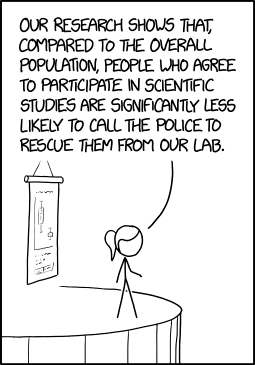
If you haven’t been paying attention to Instagram lately, they’ve been steadily dialing up the algorithmic content users see in their feeds, especially video. More stuff in your feed from accounts you don’t follow, selected by machine learning algorithms, at the expense of stuff from people and brands you have chosen to follow. To top it off, they recently rolled out a limited test to a small — but not that small — number of users that turned those users’ timelines into something basically like TikTok: full-screen videos (and some images) that you go through one at a time. This did not go over well.
They are listening though, and they’re rolling back some of those changes for everyone and, for now, cancelling the TikTok-style timeline test. This news was announced by Instagram chief Adam Mosseri today in a deft interview by Casey Newton at Platformer:
But Instagram will temporarily reduce the amount of recommended posts and accounts as it works to improve its personalization tools. (Mosseri wouldn’t say by how much, exactly.)
“When you discover something in your feed that you didn’t follow before, there should be a high bar — it should just be great,” Mosseri said. “You should be delighted to see it. And I don’t think that’s happening enough right now. So I think we need to take a step back, in terms of the percentage of feed that are recommendations, get better at ranking and recommendations, and then — if and when we do — we can start to grow again.” (“I’m confident we will,” he added.)
Mosseri made clear that the retreat Instagram announced today is not permanent. Threats to the company’s dominance continue to mount: TikTok is the most downloaded app in the world, the most popular website, and the most watched video company. Meanwhile, Apple’s App Tracking Transparency feature has blown a $10 billion hole in Meta’s core advertising business, and on Wednesday Meta reported its first-ever quarterly revenue decline. Zuckerberg has assumed a war footing, and promised that many more changes are on the way.
It goes without saying that Instagram has no plans to allow users to turn off recommendations. Instagram users will be getting “recommended” content whether they want to see any of it or not, they’re just going to try to do a better job with it.
Users serve Instagram, not the other way around.
Jean-Louis Gassée, on Apple’s earnings warning:
I have a hard time believing that the $29 limited time offer had a significant impact on Apple’s numbers. Did Apple replace hundreds of thousands of batteries? I doubt it. At 100 replacements per Apple Store times 500 stores, that’s 50K happy customers and only $50M in missed new iPhone revenues. I’d have to be off by a factor of 10 — half a million iPhone battery upgrades, one thousand repairs per Apple Store — to approach a mere $500M in missed revenue.
[Update: My battery upgrade discussion above is wrong in two ways.
As readers pointed out, my numbers estimate might be too low.
And… the error might not matter. Apple had full knowledge of battery replacement numbers when issuing its Nov 1st guidance.]
I’m pretty sure Gassée’s back-of-the-envelope estimate of the number of batteries replaced was way too low. During Apple’s all-hands meeting January 3, Tim Cook said Apple replaced 11 million batteries under the $29 replacement program, and they’d have only anticipated about 1-2 million battery replacements normally. (The fact that Cook held this all-hands meeting was reported by Mark Gurman at Bloomberg, but the contents of the meeting haven’t leaked. Well, except for this nugget I’m sharing here.)
But Gassée’s second point still stands: the battery replacement program ran all year long, so even if it was more popular than Apple originally expected, why wasn’t it accounted for in guidance issued on November 1 — 10 months after the program started? My guess: the effect of the battery replacement program on new iPhone sales wasn’t apparent until after the iPhone XR and XS models were available. A few million extra iPhone users happy with the performance of their old iPhones with new batteries — who would have otherwise upgraded to a new iPhone this year — put a ding in the bottom line.


It was only a mere week ago that the world got to see what Boston Dynamics’ SpotMini robot dog has been up to. Not only did it make a new friend, it also learned how to open doors for said friend. How sweet.
A followup video posted today by the SoftBank-owned company, however, reveals a grave mistake by one of its creators. The video, titled “Testing Robustness,” shows a human attempting to get in the way of SpotMini’s door opening routine. He first halts the robot with a hockey stick, pushing its new arm attachment away from the door. When that didn’t work, he holds the door against the robot to prevent it from successfully pulling it open. SpotMini persists, which results in the man pulling the robot from behind and dragging it backward (breaking a small piece of its back along the way.)
/cdn.vox-cdn.com/uploads/chorus_asset/file/10265873/boston_dynamics_spotmini.gif)
After the man lets go, SpotMini marches on and completes its task. What SpotMini desires, SpotMini gets.
Boston Dynamics helpfully explains in the description of the video that “this testing does not irritate or harm the robot,” which, okay, sure — chant whatever you need to convince yourself you are not totally first on SpotMini’s kill list.


